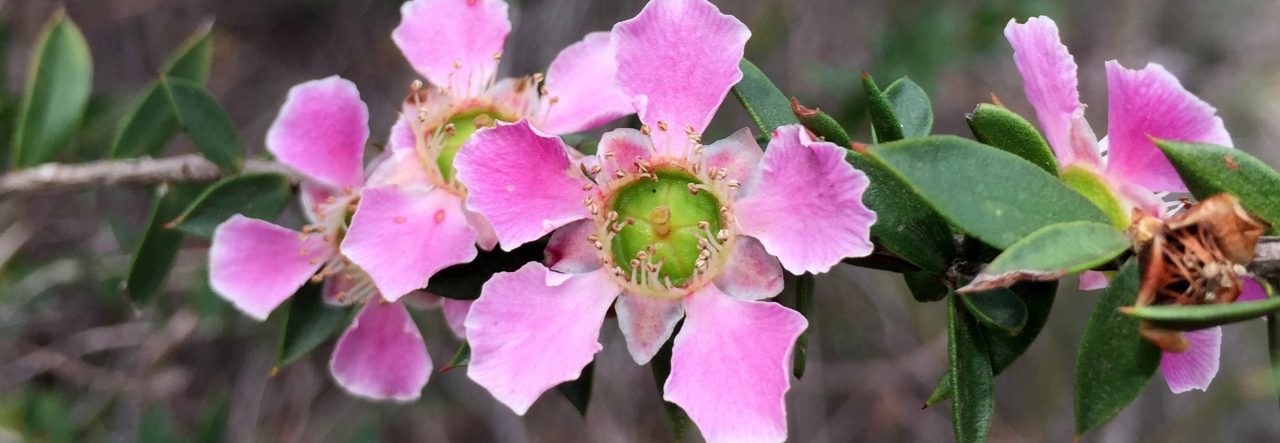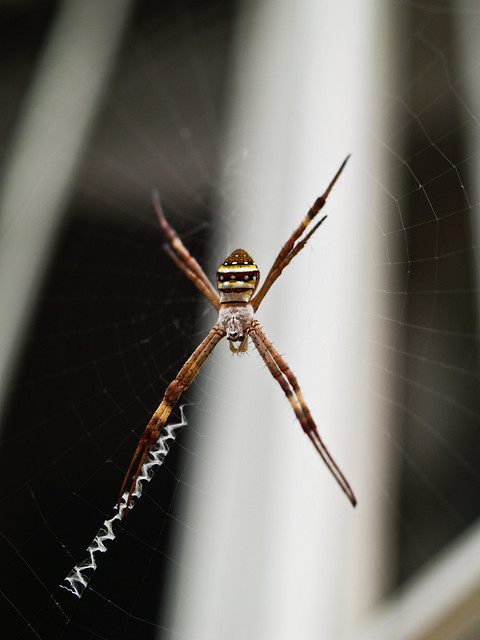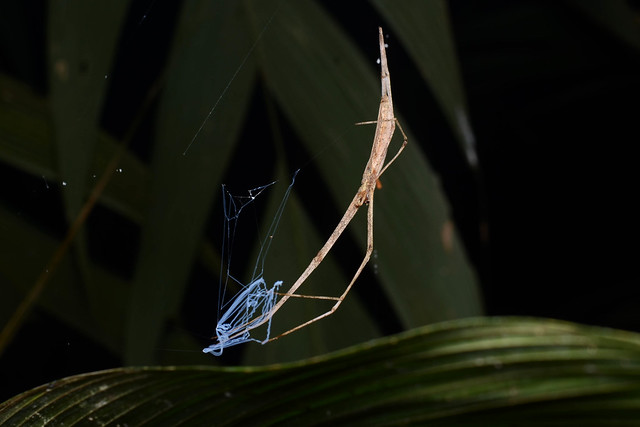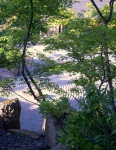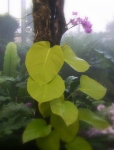Ever since touching down in Frankfurt for a busy 3 weeks of long working days I’ve shortlisted some Botanical Gardens to visit in between work, family/friend commitments and catching a few hours of sleep.
1. Die Flora in Cologne
2. Palmengarten Frankfurt
3. Botanischer Garten der Uni Heidelberg
Unfortunately I had to cross the latter two off the list (no time), but was delighted to be able to use the holiday of the Tag der Deutschen Einheit (the German National Reunification Day) on Oct 3 for a visit to the Flora.
Die Flora – what a beautiful name for a Botanical Garden. Not the most imaginative I admit, but with an elegance that lends itself to the French pronunciation “La Flora” (stress goes onto the last syllable).
Entering die Flora from the gate next to the Kölner Zoo the view is drawn to the Wintergarten-Palast. Unfortunately it was closed and barricaded behind a massive scaffolding. It’s supposed to be finished for the 150th anniversary in 2014. By the looks of the scaffolding this seems an ambitious goal. Where are all those rich plant lovers with quick money when you need them?
The fountain and floral display in front of the palace were nonetheless very nice. A bit formal and stylised for my taste (the footprint of bushwalking in Australia for the last 3 years), but building up towards a palace I’m sure it’ll be a grand sight again once restorations are finished.
I set out to get a picture that would focus on the fountain and the floral display avoiding the rather prominent construction site. Such a photographic angle was not possible from the path. And this was the dilemma: stepping on the grass was not an option – set in stone to both sides of the display. Fair enough, if every tourist trampled on the grass for a photo that has been captured millions of times already, not much would be left of the ensemble.

Still, I couldn’t help think of the sign greeting visitors in the Botanical Garden in Sydney:
“Please walk on the grass. We also invite you to smell the roses, hug the trees, talk to the birds, sit on the benches and picnic on the lawns.”
Anyway, I continued my way in der Flora. There were some beautiful theme gardens like…
- The scented garden, i.e. Duftgarten für Blinde und Sehende
From the small level of the individual plant or flower to landscapes and entire gardens so much is contained and transported through visual impressions. I have to admit I am a very visual person myself and usually neglect the olfactory experience …unless I can’t help noticing it (the stench of Aristolochia or the sweet Osmanthus perfume come to mind). So the invitation to close my eyes and actively sniff and smell opened up a whole new level of experiencing plants. It also meant my strained eyes that tirelessly tried to take everything in, not miss a plant, recognise and compare, read labels and check for flowers or seeds got a rest could rest. What a great relief a scented garden is!
- A vegetable garden that teaches you Kölsch, the local dialect.
Tucked on the side, but nonetheless popular amongst visitors were vocabulary cards that explained some common vegetable names in Kölsch, the local dialect. I can now order Kappes = Kohl = cabbage and , Gurke = Komkommert (from the French concombre), Schavu = Wirsing in Kölsch.
The bed in shape of a star it contained all those Kräutchen Hexen would use in their magic potions. What a fabulous idea!

It would be tedious to talk about each and every plant I got excited about (too many!). So at this point, I limit myself to these 3:
- Knees of the Sumpfzypresse (Taxodium distichum)
This big beautiful tree overlooks a little pond. A few meters away emerge its cypress knees. They are thought to assist with airflow in the oxygen-poor swampy soils cypresses grow in.

Many of the glasshouses were closed due to required structural repairs. It didn’t look as if those repairs were going to start any time soon…more rich plant lovers to the rescue, please!
Even the slow growing succulents need space and could do with a bigger home. This agave presented its flower literally in front of my nose so I could easily snap some close-ups.


This was not the official name. There were myrtles and acacias from Australia and Africa, but also a few true Australians like the Banksias. Educational for me to finally learn what all those plants are called in German!

As much as I enjoyed my visit and learned new plant stuff, there was one thing that wouldn’t stop bugging me: The constant reminder to stay off the grass. Seriously, you say it once, maybe twice if there is a particularly precious patch of lawn, but there is really no need to have signs for EVERY SINGLE bit of grass. My understanding of a Lustgarten is that I can lie under a tree. And I was looking forward to it (not having to worry about funnel web spiders). Unfortunately I had to discover this was not an option in the Flora. In fact I was reminded of this continuously. I saw at least 20 signs telling me not to step on the grass.
Keep off! is not a message I want to see without cease when taking a stroll through a garden. I’m all for protecting (precious) plants against people, but those signs really put me off. At first it made me chuckle, thinking this VERBOTEN! message all over the place is so typical German. But being constantly told off and feeling scolded without having done anything – sorry, Flora management, but this really annoyed me. What’s more it spoiled the experience for me.
After a few signs I was at the point of wanting to ask somebody about this flood of signs. Surely maybe there was a good reason for having so many? Unfortunately there was no staff around. But it again made me feel homesick for the Sydney Botanical Gardens and their “please walk on the grass” invitation. Surely for a big garden having to maintain lawns for people stretching out during lunch time and families having picnics this means a greater management effort. Also, visitors potentially introducing diseases like Phytophthora cinnamomi pose a serious threat. And still, the proposition offered to the visitor is so much more welcoming and inviting – something that I would think is very valuable when trying to get the public interested and involved in a dialogue about plants.
To finish on a high note because I did have fun after all, here are some pictures from a glorious bank holiday in die Flora:














